In the wild, survival is a ruthless game, and many animals have evolved extreme strategies to stay alive. One of the most shocking and counterintuitive behaviors in the animal kingdom is the willingness of some parents to abandon, sacrifice, or use their babies as a means of escaping predators. This might sound heartless from a human perspective, but in the wild, the instinct for self-preservation often outweighs the instinct to protect offspring. In many cases, ensuring the parent's survival is the only way to secure the future reproduction of more offspring.
Here are some animals that are known to sacrifice their young to ensure their own survival:
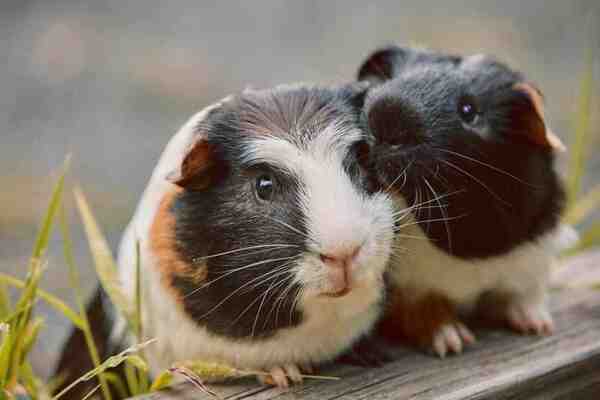
Guinea pigs are small rodents with a strong flight response to danger. In the wild, if a predator is near, a mother guinea pig will often abandon her young to save herself. The logic behind this behavior is brutal but simple: guinea pigs have a high reproduction rate, and abandoning a few babies now means she can live to reproduce again in the future. Sadly, the vulnerable babies left behind often become easy prey for predators.
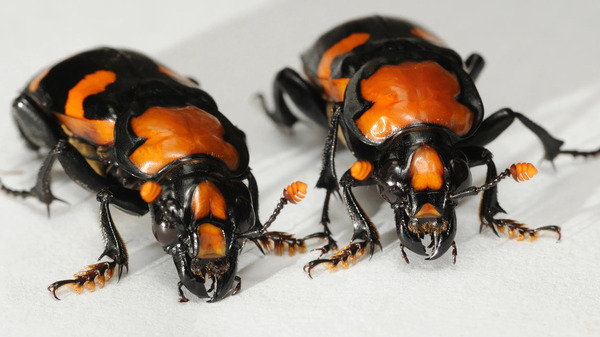
Burying beetles are fascinating insects known for their parental care – but only up to a point. These beetles lay their eggs on the carcasses of dead animals, which they bury underground to serve as food for their larvae. However, if food becomes scarce or the number of larvae is too large, the mother will eat the weakest of her offspring to ensure there is enough food for the rest. In extreme cases, she might abandon all her young to save herself from starvation, leaving the larvae to fend for themselves.
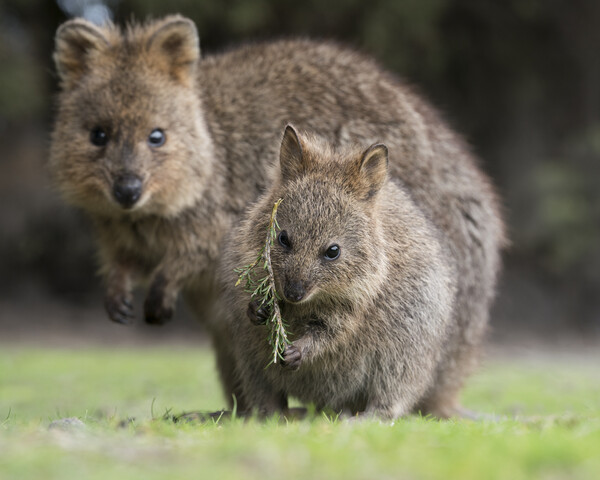
Quokkas are small marsupials native to Australia, known for their seemingly "smiling" faces. Despite their cute appearance, quokkas have developed a survival tactic that shocks many people: when threatened by a predator, a mother quokka may eject her joey (baby) from her pouch, using it as a decoy to distract the predator while she escapes. The helpless joey is left to fend for itself, and unfortunately, this usually ends with the baby being eaten.
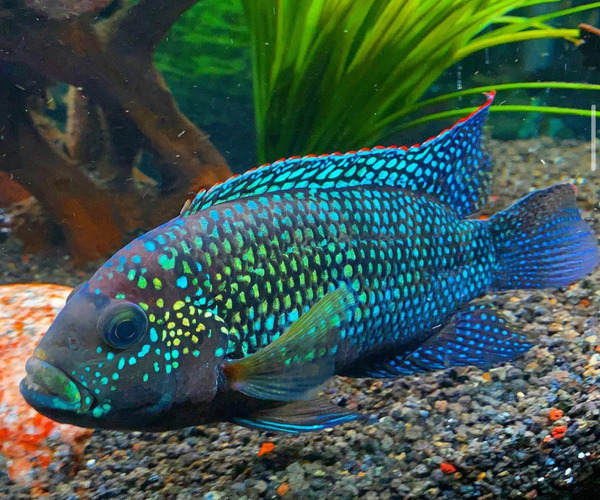
Certain fish species are notorious for eating their own offspring when under threat. For example, some types of cichlids (a family of fish) will consume their young when food is scarce or when they feel threatened. This behavior is driven by the harsh reality of their environment, where preserving the adult's life offers a better chance of future reproduction.
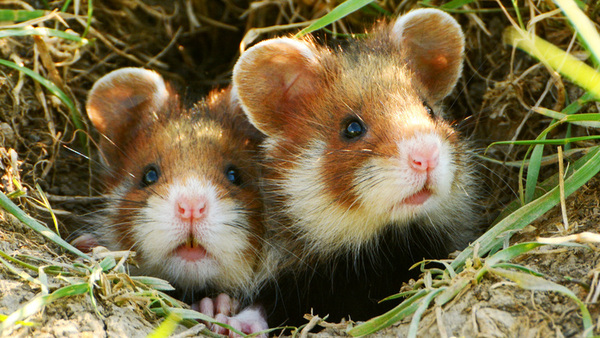
Mother hamsters, much like guinea pigs, are known to eat their babies under stressful conditions. This can occur when the mother feels unsafe or is in a crowded, threatening environment. While this may seem like an extreme act, it is actually an instinctual response aimed at protecting herself from predators or harsh conditions. By consuming her offspring, she reduces the risk of drawing attention from predators and preserves energy to care for future litters.
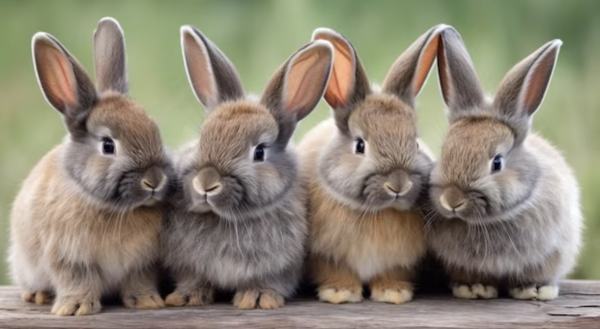
In the wild, rabbits have many predators, and their litters are often at risk. If a mother rabbit feels her nest has been discovered by a predator, she might abandon or even cannibalize some of her babies to protect herself. This may happen if the environment becomes too dangerous, ensuring the mother can survive to have more offspring in the future, rather than risk all her young being eaten by predators.
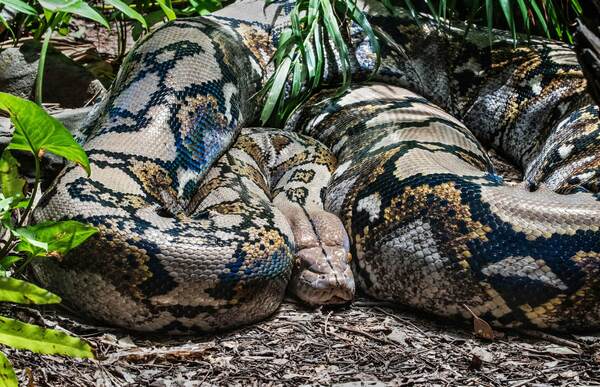
In certain snake species, particularly in times of food scarcity, a mother snake may abandon or even cannibalize her young. Though not as common as in other animals, this behavior has been observed in species like pythons, which may consume their offspring to recover the energy lost during the prolonged process of laying eggs and incubating them. While grim, this behavior helps the mother snake regain strength to reproduce again later.
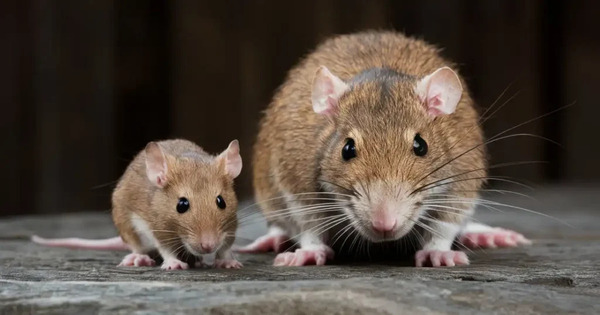
Like other rodents, mice and rats often live in environments where danger is constant. If a mother mouse or rat senses a threat, she may abandon her nest, leaving her babies behind to escape danger. This behavior is a defense mechanism that allows her to survive and reproduce again, ensuring that at least some of her genes are passed on in future litters, even if the current litter is lost.
From a biological perspective, these behaviors, though shocking, are rooted in a concept called reproductive success. In the harsh environments where these animals live, survival is about more than just raising one batch of offspring. It's about the long-term ability to reproduce over and over again. If the mother dies, her reproductive future dies with her. So, by sacrificing her young in dangerous situations, she increases her chances of living to reproduce again.
This behavior is especially common among species that reproduce in large numbers. For example, guinea pigs, mice, and rabbits give birth to multiple babies at once and reproduce frequently. By sacrificing a few young, they increase the odds that they will survive long enough to have many more.
In some cases, it’s a survival tactic for the entire species. Animals like fish or insects that produce hundreds or thousands of offspring may instinctually understand that not all their young will survive, and sometimes they must focus on their own survival to ensure that at least some of their offspring, or future offspring, make it to adulthood.
The idea of animals sacrificing their young goes against the nurturing image we often associate with parenthood. However, nature is filled with brutal realities, and survival often demands tough choices. From guinea pigs to quokkas, these animals demonstrate that sometimes, the cruelest decisions can be the most essential for survival.
While these behaviors may seem heartless, they are simply part of the complex web of life in the animal kingdom, where every species must constantly adapt to the challenges of survival.
animal tags: Rabbits
We created this article in conjunction with AI technology, then made sure it was fact-checked and edited by a Animals Top editor.